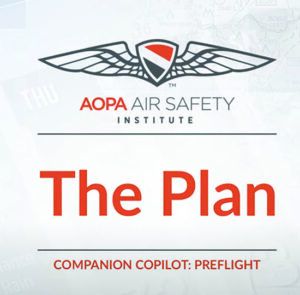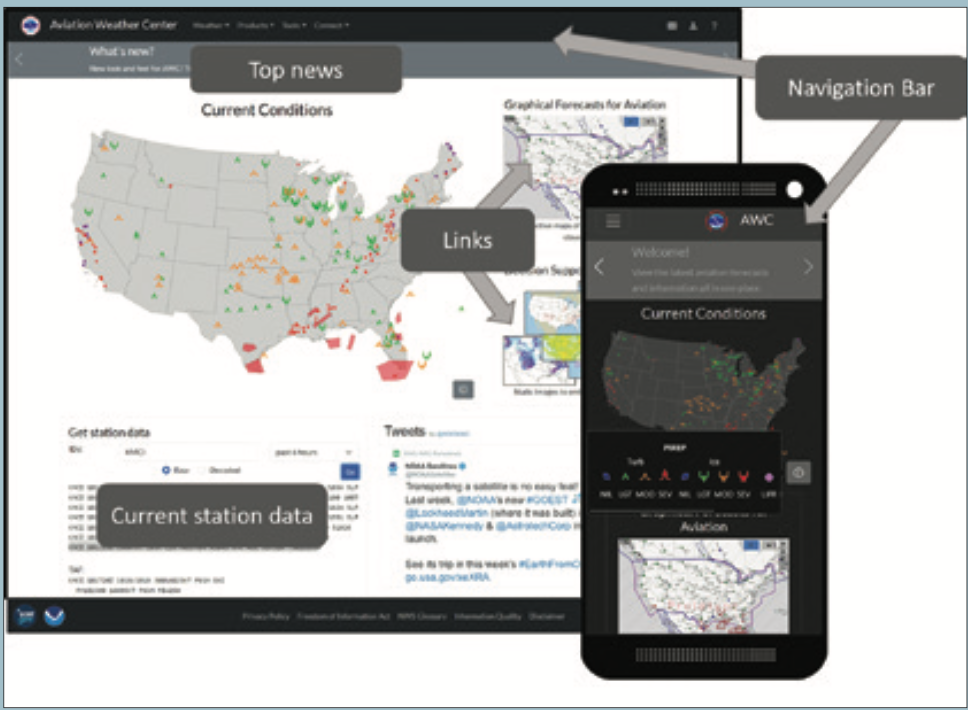Aiming a laser at an aircraft can distract or disorient pilots and is a federal crime,” begins the executive summary of a 51-page Government Accountability Office (GAO) report on the practice. A typical incident occurs when someone on the ground aims a laser at an airborne aircraft, usually in a high-workload environment like an approach to a nearby airport. In even benign encounters, the intense light can temporarily blind flightcrew members; in more severe incidents, a pilot’s vision may be permanently harmed.
Therefore, it should come as no surprise that lasing an airborne aircraft is illegal. The FAA investigates laser incidents and pursues civil penalties against perpetrators while assisting the FBI and U.S. attorneys in investigating the incidents. It also should come as no surprise that identifying those responsible is difficult. Nevertheless, enforcement actions resulting in penalties have included fines ranging from $50 to $27,338, and sentences of up to 51 months, according to the GAO. But the FAA’s investigative process is cumbersome and its results often are not shared with federal law enforcement, again according to the GAO. That’s a problem, especially since laser-aiming incidents are on the rise, the GAO says, as reflected by a graph accompanying the report, which is reproduced on the bottom of the opposite page.

For as long as aircraft have been able to accommodate more people than just the crew, passengers have had questions. Over the years, various programs, like AOPA’s Pinch Hitter course, have been launched to both educate frequent passengers about flight operations and pique their interest in learning to fly. The latest program comes from AOPA’s Air Safety Institute, and features videos covering preflight tasks, simple aerodynamics concepts, navigation and communication considerations, checklist use and emergency procedures.
“We are pleased to provide frequent companion passengers—who are not pilots—an opportunity to enjoy being an active participant in the flight,” said AOPA ASI Senior Vice President Richard McSpadden. “The videos help non-pilot passengers learn how they can assist with the preflight, route planning, navigation, and radio communications, including how to work with ATC.”
McSpadden continued, “Companion passengers will come away with a greater understanding of how airplanes fly and be better prepared to enjoy the flight, knowing they can be of help using fundamental concepts explained in the videos.” For more information, visit tinyurl.com/SAF-Companion.
LOW RESPONSE, UPDATE RATES
To investigate a reported laser incident, the FAA asks crews to complete a voluntary questionnaire. But the response rate for a one-year period from 2020 to 2021 was only about 12 percent of 8221 reported incidents. According to the GAO, FAA and others blame the questionnaire and its voluntary nature for the low response rate. To make matters worse, the “FAA does not consistently share collected information with law enforcement” according to the GAO report.
That seems to fly in the face—if you’ll pardon us—of a 2016 Congressional action which requires the FAA to report quarterly on laser incidents, including civil and criminal actions. But the GAO found FAA’s reports to be incomplete, and consequently they don’t provide “a complete picture of laser incident investigations and enforcement actions as required.”
Another factor in developing mitigations is a lack of ongoing interagency cooperation. For example, the FAA, the FBI and the U.S. Food and Drug Administration, the federal agency with regulatory authority over lasers, conduct outreach on their own to educate the public on aiming lasers at aircraft. Those efforts included an FBI “reward program” and other efforts, including billboard advertising in locations with high incident rates. “These agencies were involved in an interagency group to address laser safety concerns until 2015 when the group dissolved. Since then, laser incidents have increased and identifying subjects remains difficult,” according to the GAO.

The National Weather Service, an agency of the U.S. Department of Commerce, is developing a major upgrade to its flagship aviation weather site, known appropriately enough as the Aviation Weather Center, or AWC. This is not be confused with the 1800wxbrief.com web site operated by Leidos under contract from the FAA. According to the NWS, the upgrades are designed “to improve the site’s consistency, supportability, mobile friendliness, performance, ease of use, and ease of new development.”
A pre-release beta site is up and running at beta.aviationweather.gov through October 31, 2022. Preumably, the new, hopefully debugged site will go live on November 1, 2022. Again according to the NWS, the beta-testing period “will allow enough time for users to explore the capabilities of the upgraded site, acclimate to the changes, and identify any critical issues for AWC web developers to resolve before the upgraded site replaces the existing one.”
In the meantime, the AWC is hosted at www.aviationweather.gov. It might be useful and interesting for users to compare them both, side-by-side. The image above highlights features of the planned site, for both computer and portable device users.
MITIGATIONS
Meanwhile, the FAA and industry have undertaken steps to mitigate the effects of laser incidents. Among other methods are laser-blocking eyewear and films that can be applied to cockpit transparencies. Each has a drawback, of course, including blockage of specific colors that may be critical to safety, and interference with night-vision devices.
Groups like the Air Line Pilots Association and Airborne Public Safety Association offer member training and public documents to help pilots respond to a laser incident. Those mitigations include turning up cockpit lighting, providing the most accurate description of the event, including the possible location of the laser, and cooperating with law enforcement.




